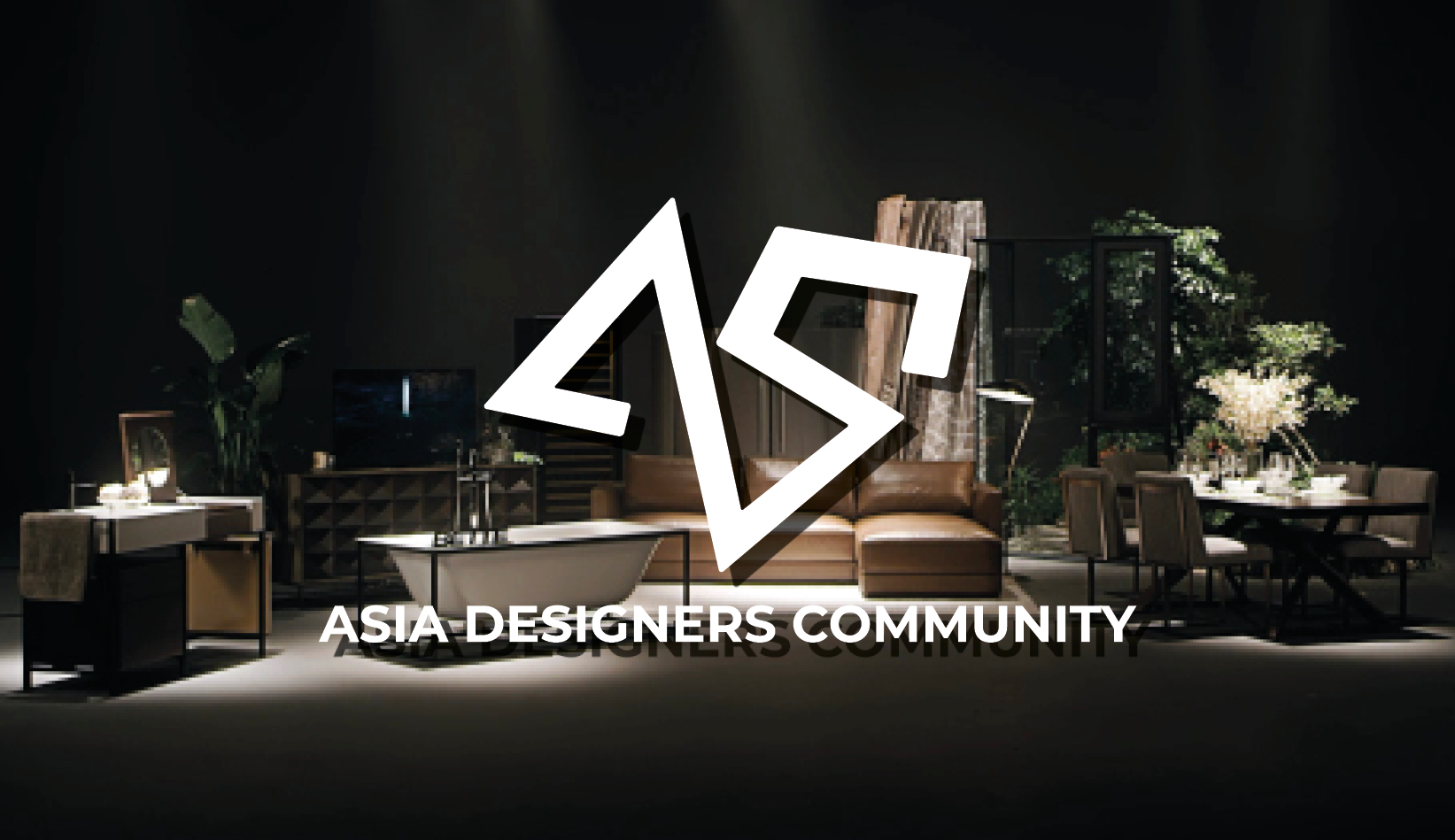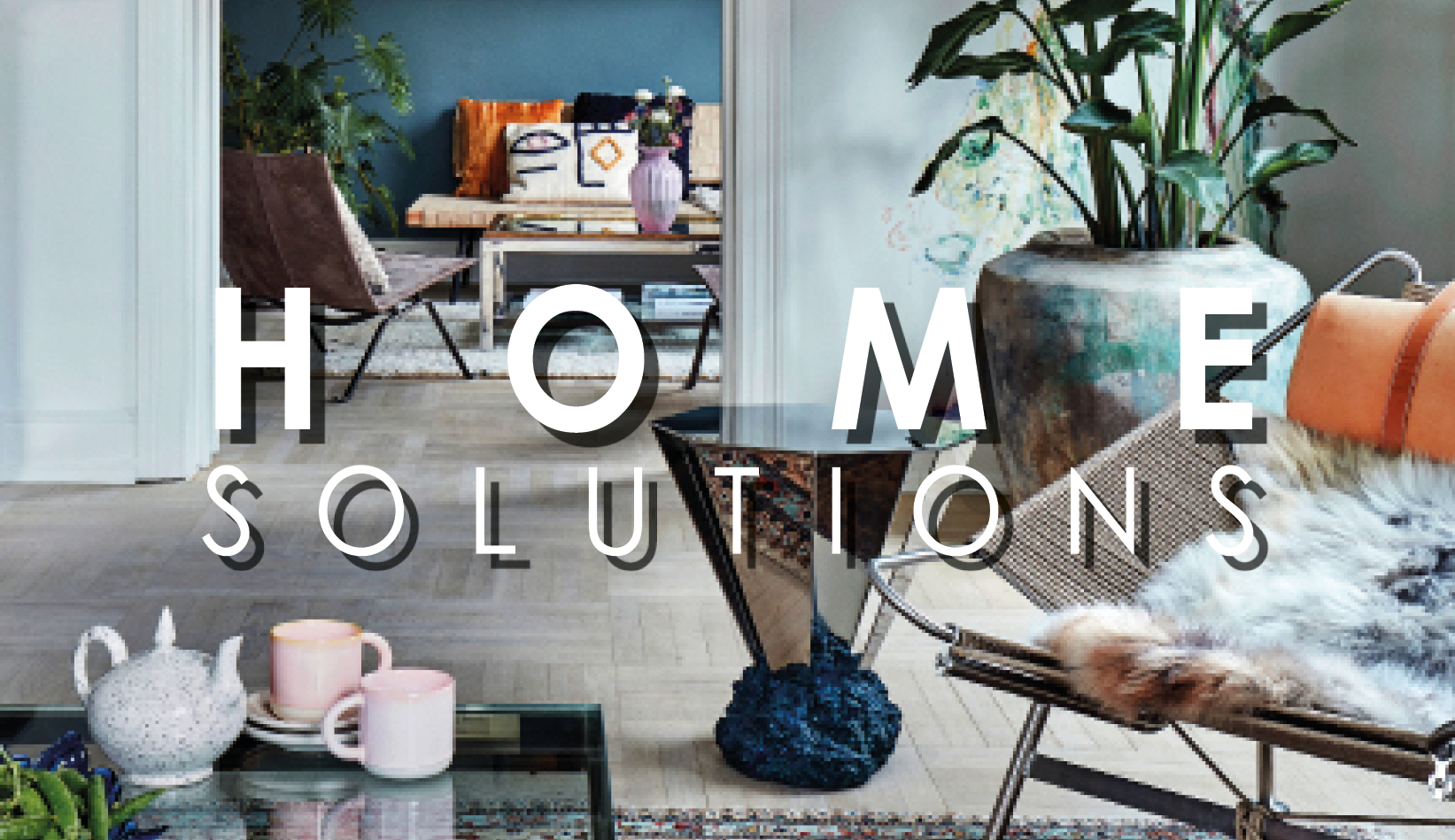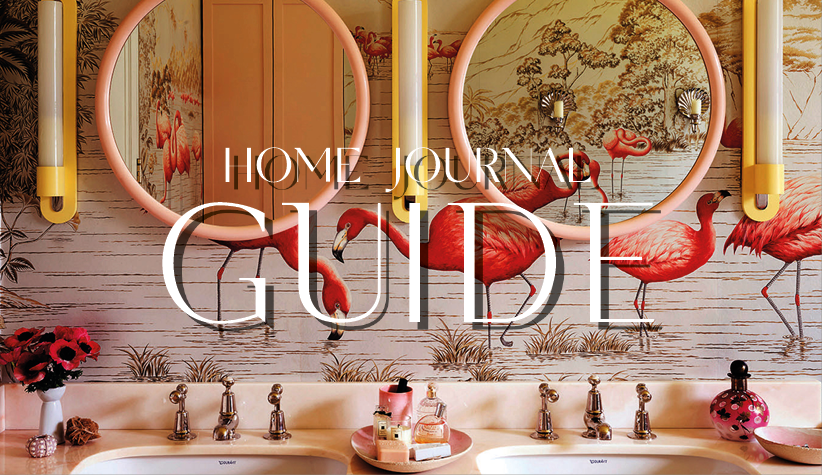"Design should solve problems, not create new ones."
Taiwanese designer Chang Ching-Ping has mastered the art of blending Eastern and Western aesthetics, creating spaces that embody cultural depth and sophistication.
As founder of Tien Fun Design, Chang is the first Taiwanese interior designer to win the prestigious Red Dot: Best of the Best award for interior design.
As a Chinese designer, Chang is acutely aware of the importance of cross-cultural exchange between East and West. He is committed to bringing Eastern aesthetics to the global stage while integrating local characteristics into modern design. His work reflects a contemporary interpretation of ancient wisdom, a reimagining of Western design through an Eastern lens, and a balance of Eastern and Western sensibilities. Through his innovative design methods, Chang opens the door to a new kind of spiritual luxury. In this interview, we explore the meaning of East-West fusion in design and the concept of Montage Spatial Aesthetics.

How did you become an interior designer? Did you have any other experiences before this career?
To be honest, I don’t have any particularly noteworthy experiences outside of interior design. I’ve always had a keen eye and sensitivity for aesthetics from a young age. During my studies, I chose to pursue subjects related to aesthetics and design. It was a natural and seamless transition – there was no hesitation. As soon as I graduated, I went straight into the field of interior design.

What are your design principles? Have they changed over your 45-year career?
We stand by one principle: design should solve problems, not create new ones.
This has remained unchanged. Over the years, we’ve continuously explored new textures – whether digital, handcrafted, artistic, or inspired by nature. We’ve also worked on integrating local Chinese elements with the global, Eastern-Western fusion. Lastly, we’ve focused on fostering new relationships: between people, between people and spaces, and between people and nature. These principles are at the core of our work and have stayed consistent throughout my career.

What does East-West fusion mean to you, and how do you express it in your projects?
To me, East-West fusion means creating spaces where Easterners see Western influences, and Westerners see Eastern ones. It appeals to both the mature, who may feel nostalgic, and the young, who find it stylish.
In practice, this is embodied in what I call Montage Aesthetics (蒙太奇空間美學).
As an Eastern designer, I see it as my mission to convey Eastern aesthetics in a way that moves beyond traditional motifs and patterns. Montage is an undeniable form of beauty – it’s about simplicity that exudes sophistication "Simple Gorgeous". This style captures the contemporary Eastern spirit by balancing complexity with simplicity and focusing on the deeper emotional experience a design can evoke.
Montage is also about harmony in contrast – blending rawness with refinement and pairing bold materials with subdued, understated tones. It’s a digital-era aesthetic that brings cultural depth and refinement into spaces. Using meticulous craftsmanship, we adapt Eastern beauty to meet the practical needs of modern living.
Finally, montage creates freedom of movement within a space, linking different areas seamlessly while elevating the overall quality of life. It’s about creating spaces that are elegant, functional, and profoundly inspiring.

Which recent design projects are you most proud of?
I’m thrilled that many of our projects have been warmly received by our clients, which has allowed us to expand into diverse spaces – from residential homes and hospitality spaces to religious and medical environments.
Notable projects like "Da Ming Da Fang" (大明大放) and The Rooftop Temple have also received international recognition and awards, which is an honour we deeply cherish.

What’s the secret to creating an exceptional interior design project?
There’s no secret – just dedication and heart.
Which books, films, or music inspire your creative process?
Design requires inspiration, and I believe regular exposure to beauty is essential for any designer. For me, films and travel are indispensable sources of inspiration.
I don’t limit myself to specific genres or destinations – I seek broad and diverse experiences. When watching films, I pay attention to editing, lighting, sets, and styling as a whole aesthetic experience. During my travels, I observe architecture, streets, people, objects, and nature. These experiences recharge me and spark new ideas.
What are your plans or design directions for 2025?
Looking ahead to 2025, I see the global slowdown and shifting circumstances as both a challenge and an opportunity. I aim to navigate these changes with resilience and continue progressing steadily.






